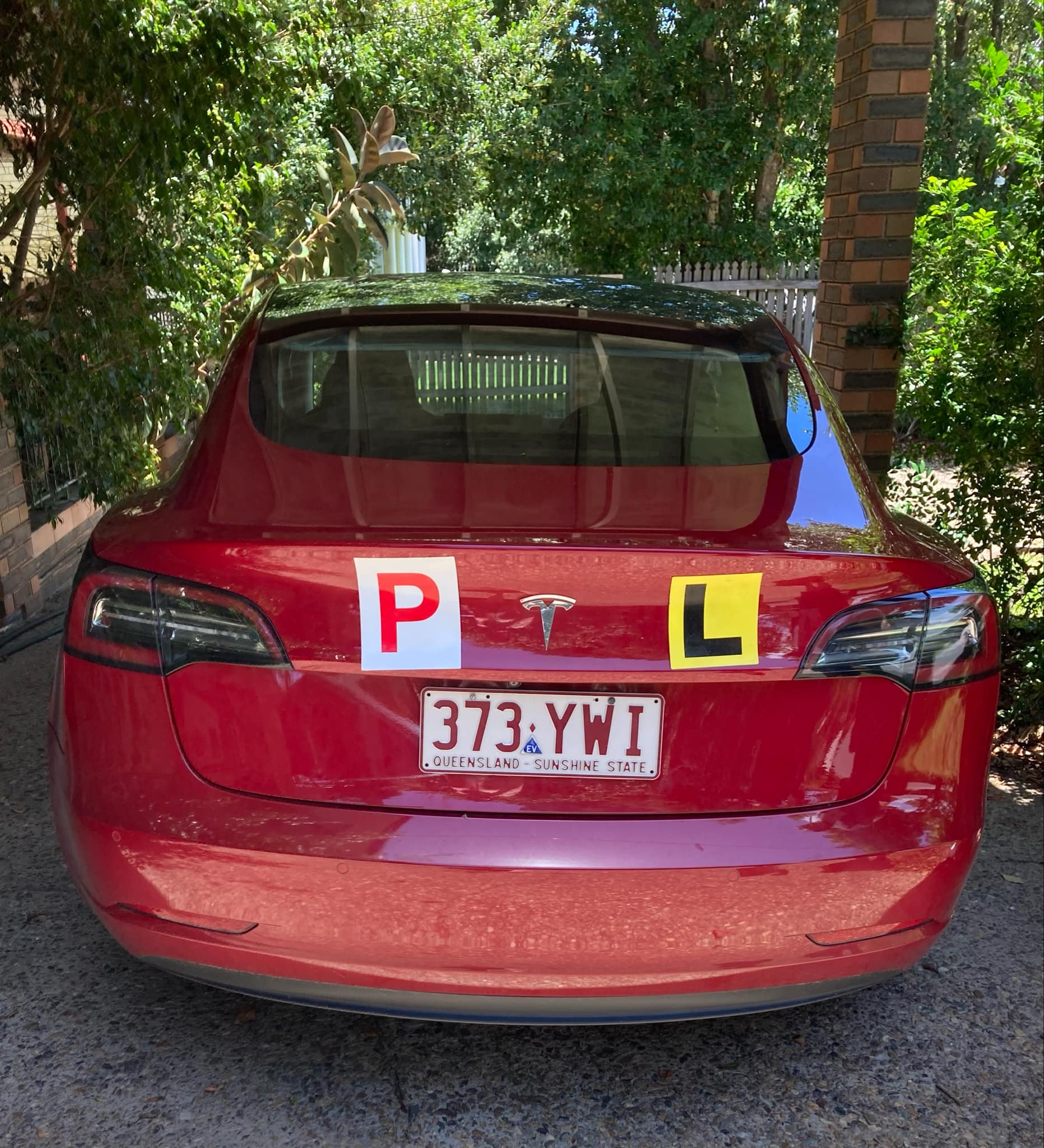Sign up for daily news updates from CleanTechnica on email. Or follow us on Google News!
Here at CleanTechnica, we have written about electrifying personal watercraft and ferries — vessels used to cover short distances. Ocean-going cargo ships with all their containers are massive and need to travel much farther. It’s not possible to simply slap an enormous battery system and some electric motors in them to replace diesel engines and huge fuel tanks. At the moment, batteries for electric vessels don’t have anywhere near enough energy density to power a huge ship 1,000 miles or more.
Container ships produce very large amounts of climate change emissions and exhaust that is harmful to human health. What to do about all those emissions?
One climatetech startup, Seabound, has created a carbon capture technology for large cargo ships to try to reduce their emissions. Alisha Fredriksson, co-founder and CEO of Seabound, answered some questions about the technology for CleanTechnica.
What is the novel carbon capture technology?
Seabound is developing a compact carbon capture system for ships that leverages calcium looping technology. Previous attempts at onboard carbon capture have focused on taking land-based carbon capture technologies, such as those found on factories and power plants and adapting it for ships. As a result, they attempt to capture, regenerate, and liquify the carbon dioxide all onboard. This approach is highly energy-intensive and has higher CAPEX costs. Seabound’s breakthrough is in simplifying the process by only capturing the CO2 onboard. The other steps, liquefaction and regeneration, happen on land. This reduces costs, onboard energy requirements, and difficult space requirements onboard, which can otherwise be limiting factors.
How it works:
Seabound’s carbon capture system is installed nearby a ship’s funnel to route the exhaust gas from the engine into the device. The carbon dioxide in the exhaust gas reacts with small pebbles of calcium oxide in the device to form calcium carbonate, which is commonly known as limestone. The limestone is temporarily stored onboard the ship and unloaded at ports. It can then be sold for use as a building material or post-processed on land to separate the calcium oxide from the pure CO2, to then reuse the calcium oxide to capture more CO2 on another ship and sell the pure CO2 for utilization or sequestration
How long does it take to manufacture and install?
While we have yet to deliver our initial commercial systems, we anticipate that they will take 3-6 months to manufacture and 2-3 weeks to install.
Can it be used on any cargo ship?
Yes, the technology has been built to be adaptable and can be incorporated into the existing design of any cargo ship. Specifically, Seabound’s system can be retrofitted onto existing vessels or designed for new vessels.
How could it capture 95% of a ship’s CO2?
See above section on how the technology works. In order to capture 95% of a ship’s CO2, we would need to load the requisite amount of calcium oxide onboard the ship given the ship’s CO2 emissions.
 Chip in a few dollars a month to help support independent cleantech coverage that helps to accelerate the cleantech revolution!
Chip in a few dollars a month to help support independent cleantech coverage that helps to accelerate the cleantech revolution!
How does the carbon in a ship’s exhaust get converted into solid calcium carbonate pebbles?
Carbon dioxide reacts chemically with calcium oxide to form calcium carbonate.
What can be done with the pebbles?
The pebbles can be used in a couple of different ways: either they can be sold for use as a building material, or they can be post-processed on land to separate separate the CO2 from the calcium carbonate, resulting in pure gaseous CO2 and calcium oxide. In this case, the pure CO2 can be sold to be turned into new products (e.g., electrofuels, chemicals) or sequestered permanently underground. The calcium oxide can then be recycled to capture more CO2 on board another ship.
How long can your carbon capture technology be used before it needs to be replaced?
The carbon capture technology can be used onboard the ship for the rest of its operational lifetime (ships are typically in service for 20-30 years). The system requires an ongoing supply of quicklime pebbles to capture CO2 onboard.
Is it commercially available now, or if not, when will it be?
Last fall, Seabound completed the first ship-based pilot together with Lomar Shipping and lomarlabs, in which we demonstrated that our novel carbon capture system works effectively in a maritime environment. We managed to capture CO2 at an efficiency of 78% and sulphur at 90%. We are currently developing the first commercial systems and plan to deliver them in 2025.
Why is it important to also capture sulfur emissions?
Seabound’s carbon capture system can also capture sulfur dioxide from the ship’s exhaust. Our first pilot on a ship managed to capture sulfur dioxide at an efficiency of 90%. Sulfur dioxide causes a host of health issues and environmental effects, including deteriorating air quality in port cities. Given these harms, sulfur dioxides are regulated regionally and internationally (e.g., EU regulations and International Maritime Organization).
Can the technology capture particulate matter?
The system is designed to capture CO2, but we have proven it can also capture sulfur.
Have a tip for CleanTechnica? Want to advertise? Want to suggest a guest for our CleanTech Talk podcast? Contact us here.
Latest CleanTechnica TV Video
CleanTechnica uses affiliate links. See our policy here.





